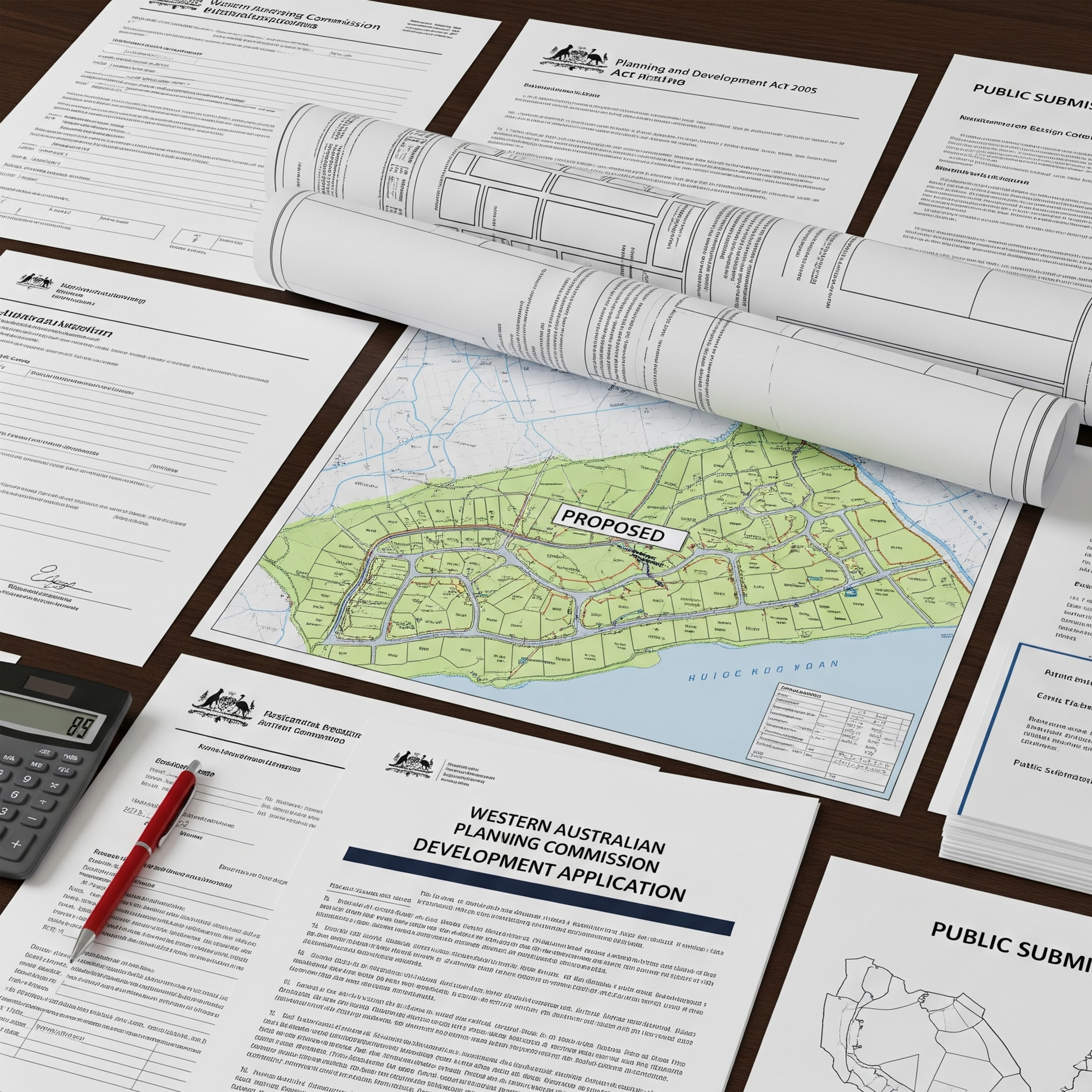Why Consider Subdivision in Western Australia?
Before diving into the subdivision process in WA, it's worth considering the numerous benefits:
- Maximise Land Value: By creating additional sellable lots, you can significantly increase the overall value of your property.
- Property Development: Subdivision is the foundational step for residential or commercial development projects.
- Financial Flexibility: Generate capital by selling off a portion of your land, while retaining your existing home.
- Family Planning: Create separate titles for family members, allowing them independent ownership.
- Investment Opportunities: Develop units or townhouses for rental income or future sale.
The Subdivision Process in Western Australia: A Step-by-Step Breakdown
Navigating the land subdivision process in Perth involves several key stages, each requiring careful planning and adherence to regulations. Here’s what you can expect:
Step 1: Feasibility Study and Initial Assessment
This crucial initial phase determines if your property is suitable for subdivision. A professional subdivision consultant will conduct a detailed subdivision feasibility study, considering:
- Local Planning Schemes: Understanding the specific zoning and density requirements of your local council (e.g., City of Stirling, City of Joondalup, City of Melville, etc.) and the Western Australian Planning Commission (WAPC).
- Site Constraints: Identifying potential challenges such as easements, sewerage lines, heritage listings, or difficult terrain.
- Service Availability: Assessing access to essential services like water, electricity, gas, and deep sewerage.
- Bushfire Attack Level (BAL): Determining any bushfire risks and associated building requirements.
- Subdivision Costs: Providing an estimate of the various fees and charges involved in subdividing land.
This step is vital for avoiding costly mistakes and setting realistic expectations for your property subdivision.
Step 2: Survey and Preliminary Design
Once feasibility is confirmed, a licensed land surveyor in Perth will conduct detailed contour and feature surveys. This provides accurate information about your land's topography, existing structures, and boundaries.
Based on this data and the WAPC's requirements, a preliminary subdivision design will be prepared. This plan will illustrate the proposed new lot boundaries, access points, and service connections. This is where your subdivision planning consultant will bring their expertise to create an optimal layout.
Step 3: WAPC and Local Council Application
This is often the most critical part of the subdivision approval process. Your subdivision expert will prepare and lodge the formal application with the Western Australian Planning Commission (WAPC). The WAPC will then refer the application to your local council and other relevant service providers (e.g., Water Corporation, Western Power).
The application must include:
- Detailed subdivision plans.
- A comprehensive development application.
- Justification for the proposed subdivision, addressing planning policies.
Understanding and addressing WAPC conditions for subdivision effectively is paramount to a smooth approval.
Step 4: Conditional Approval and Clearance of Conditions
If your application is successful, the WAPC will issue a "Conditional Approval." This approval comes with a list of conditions that must be met before final endorsement of the plan. These subdivision conditions typically include:
- Servicing Requirements: Ensuring adequate water, sewerage, drainage, and power connections to each new lot. This may involve infrastructure upgrades.
- Roads and Access: Requirements for new crossovers, footpaths, and road widenings.
- Site Works: Earthworks, retaining walls, or bushfire mitigation measures.
- Payments: Contributions or headworks charges to service providers.
Clearing these conditions often involves coordination with various government agencies and contractors (e.g., plumbers, electricians, civil engineers). Your subdivision project management team will coordinate these works efficiently.
Step 5: Deposited Plan and Titles
Once all conditions are satisfied, a licensed land surveyor will prepare the final "Deposited Plan" (DP). This legal document formally outlines the new lot boundaries, dimensions, and easements.
This plan is then lodged with Landgate (Western Australia's land information authority). Landgate processes the Deposited Plan and issues new Certificates of Title for each newly created lot. This is the moment your green title subdivision or strata title subdivision officially comes into being!
Choosing the Right Subdivision Consultant in Perth
Navigating the intricacies of land development in Perth requires specialised knowledge and experience. A seasoned subdivision consultant can be your invaluable partner, guiding you through every step, liaising with authorities, and overcoming potential hurdles.
When searching for a subdivision expert in WA, look for a team with:
- Local Expertise: In-depth knowledge of Perth and WA planning regulations.
- Proven Track Record: Demonstrable success in various types of subdivisions.
- Comprehensive Services: From initial subdivision feasibility to final title registration.
- Strong Relationships: Established connections with local councils, WAPC, and service providers.
Ready to Explore Your Subdivision Potential?
The journey to subdividing your property in Western Australia is an investment in your future. While it demands careful attention to detail, the rewards can be significant. If you're based in Osborne Park, Perth, or anywhere across WA, and are ready to maximise your land's value, contact a trusted subdivision consultant today. We specialise in streamlining the subdivision approvals process and turning your vision into a reality.







.JPG)
















